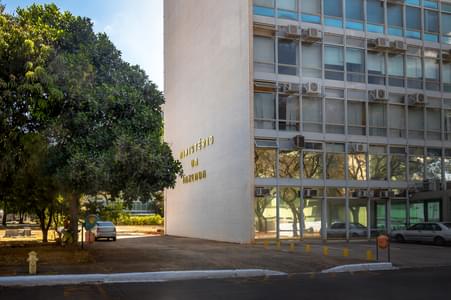The inflation target in Brazil has been 4.5% since 2005, a level above the global average (3.8% in emerging countries). In Mexico, Colombia and Chile it is 3%, and in Peru, 2%
There is no way to define an ideal target. A very low level brings risks. For emerging countries, which are more vulnerable to inflationary shocks, a very low target can make monetary policy erratic. But a very high inflation target, on the other hand, suggests weak commitment of the Central Bank to low inflation, reducing the efficacy of the regime to stabilize the economy.
With inflation now declining in Brazil, there is discussion about lowering the target for 2019, to be defined this year by the National Monetary Council (CMN).
The argument for reduction comes from the diagnosis that the current target contains some “fat” that can be easily cut, without sacrifices in terms of higher interest rates in the short run. The argument goes that a reduction of inflation expectations for 2019 would automatically occur, impelled by the idle capacity in the economy and the credibility of the Central Bank. A lower – and credible – target could allow reducing the interest rate gradually over time. But in the short run, the opposite could occur. Hence, a window of opportunity exists to reduce the target, in good measure due to situational conditions.
Others defend keeping the current target, because of heightened fiscal risk and bottlenecks in the country, making it necessary to wait for fundamentals to improve before reducing it. For them, a lower target would not be credible. The argument stresses structural challenges.
In the medium term, little doubt exists that the target should be reduced. It is important to head toward levels observed in other countries. This is an essential step to achieving lower nominal and real interest rates (the latter discounting inflation). Higher inflation is also more volatile and stubborn, which can stimulate careless fiscal policy. All are elements that put pressure on interest rates.
The country’s economic agenda has advanced, opening space to lower the target, if not now, then in the near future. Doing it this year, however, is not an obvious choice. In the absence of any clear recommendation, the job is to analyse the cost of a mistake in each choice, to evaluate which would be more tolerable under the current circumstances.
If there’s fat and nothing is done, an opportunity will be missed that might not appear again very soon.
If there isn’t any fat and the target is reduced, the interest rate will be higher in the short run. The cost might be relevant. The country is at a moment of transition. Important reforms still need to be approved, and in 2018, precisely when the Central Bank will be pursuing the target for 2019, a presidential election will take place. The electoral picture might well be noisy, putting pressure on the exchange rates and inflation. Changing the target precociously would imply not meeting it, or weaken an economy still struggling to gain traction.
It would also be wise to wait to see if inflation returns to within target this year, after seven straight years of deviation.
If the inflation scenario is comfortable, the lower limit of the target interval (3%) can be used, creating a path towards a lower target in 2020. Another option would be bigger cuts in the interest rate.
“Short-termism” usually does not lead to good advice. However, because of the economy’s fragility and a possible increase in (mostly political) noise in 2018, maintaining the target at this moment appears more sensible. It’s not possible to say whether it will turn out to be correct, but it would be the more cautious path to take.









